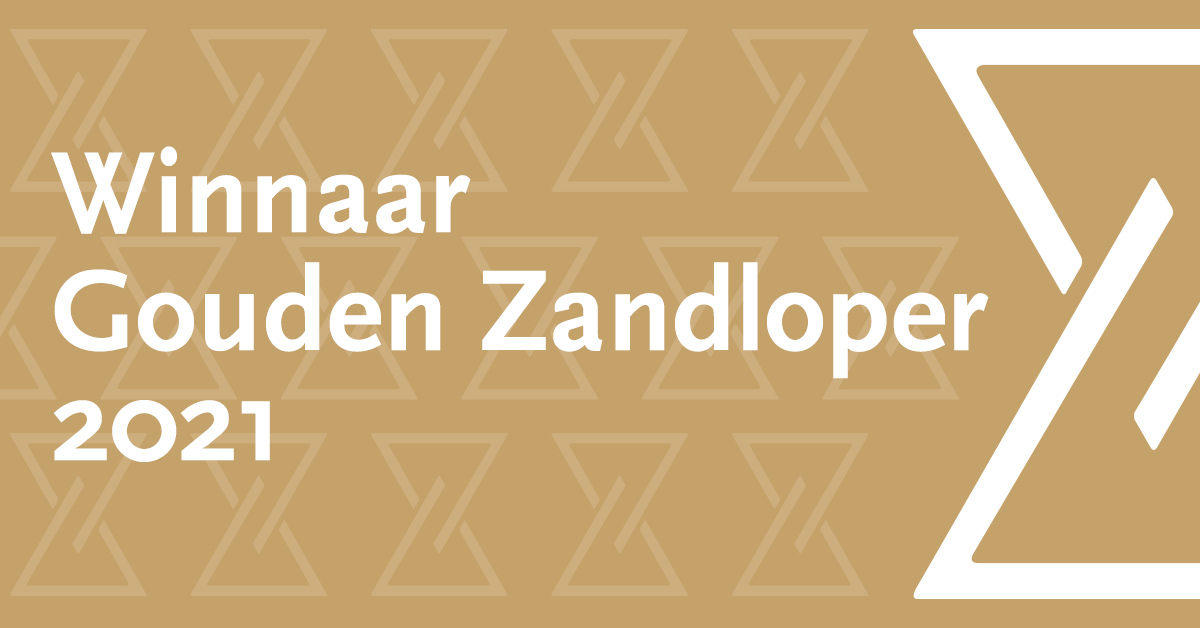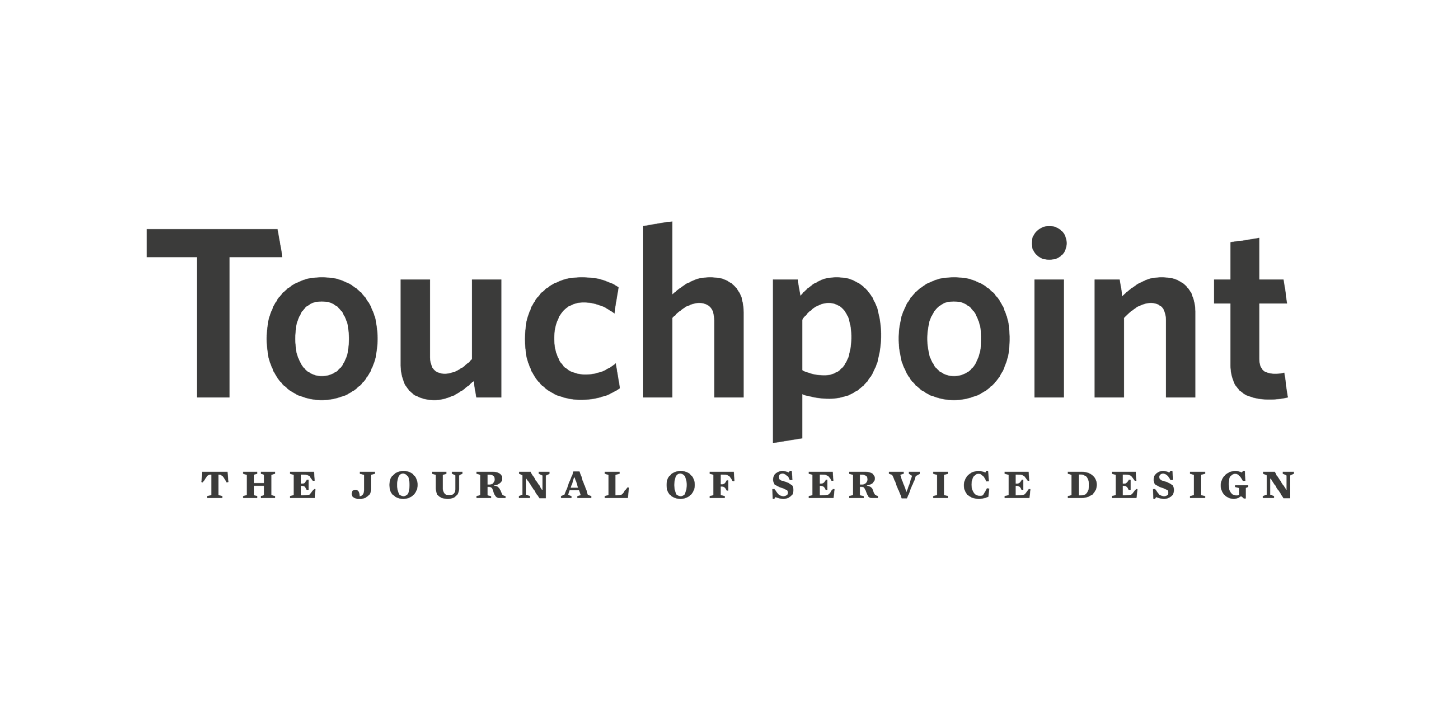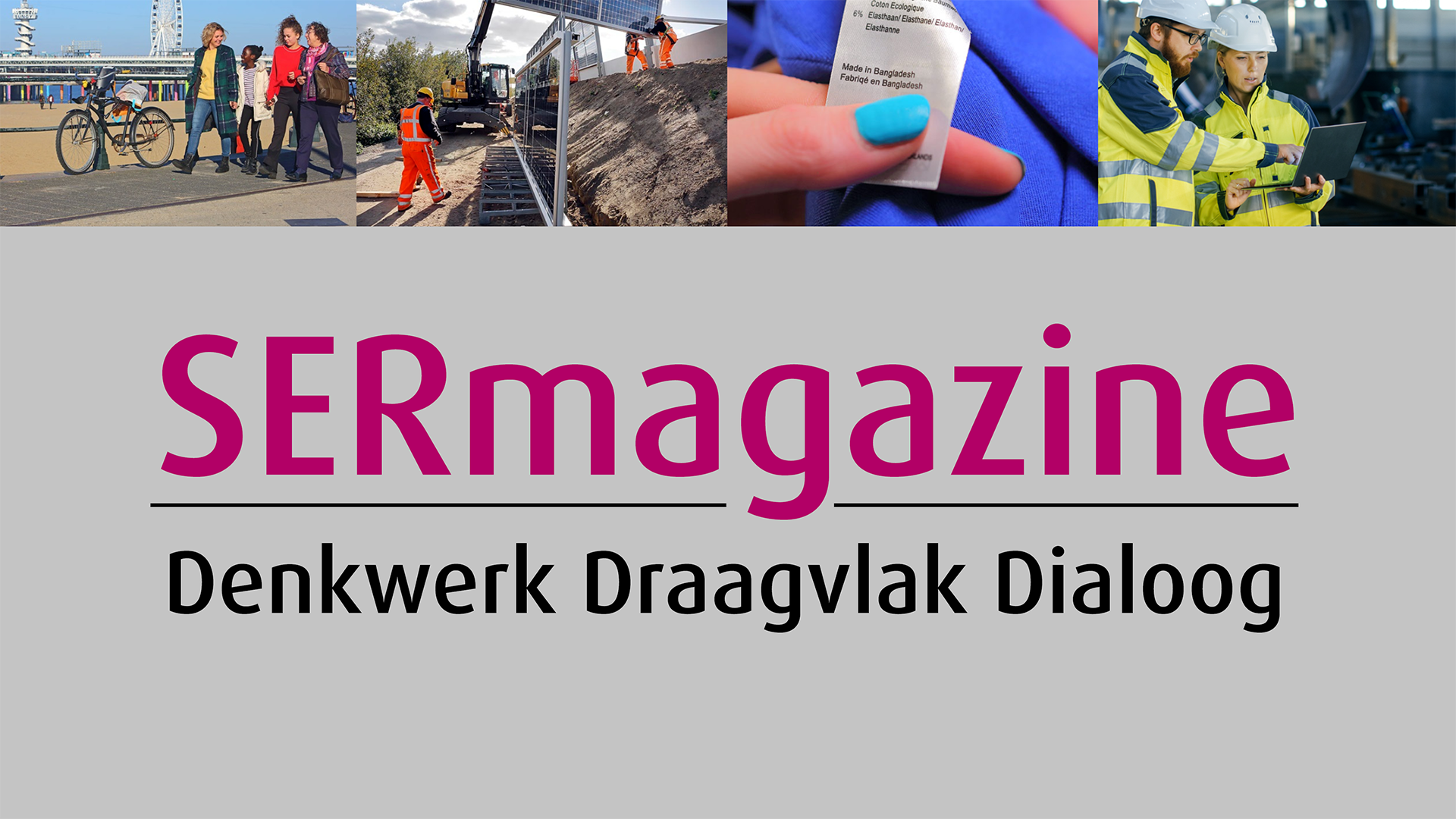
We are expert Legal Design Thinkers who focus on creating visual contracts. We offer custom Legal Design and train professionals to become Legal Design Thinkers themselves.
We offer those services via our 4 pillar ecosystem to reach legal empowerment and the mindset shift in the legal sector needed to create a more human centered just system.

A visual contract is a binding legal document with a better user experience, understanding and helping people with making more autonomous decisions on legal topics. A visual contract empowers people legally because it is easier to understand and increases trust because of transparent communication. This better comprehension and transparency is reached by the different layers within the design of the contract, which can be described as follows:
Legal Design Thinking is an approach and mindset to create human centered legal products and services. You can read more about it in our article 'What is Legal Design Thinking?'.
Yes, because of contract freedom a visual contract is legally binding. Also, you can even use spoken words as a contract. Nevertheless, having tangible proof of your agreements make for a better reference and evidence in the case that something does go wrong. Or if you just want to emphasize the agreements you made when working together. Depending on the context the style and amount of visualisation can differ, just as the level and amount of plain language or more traditional legalese you use. We co-create our visual contracts always with legal experts that stand behind the drafted and designed content, so we can assure you to have a contract that generates results and good collaboration, as well being legally binding.
Everyone.
We have designed contracts within the aviation industry just as much as contracts for end users with low literacy levels. While the contracts for users with low literacy levels relates to the social impact we love to create, also in an innovative and highly complex environment with a lot at stake, visual contracts can add value to moving projects further for results. No matter what background, making complex content easier to understand, helps to speed up the process and make for better outcomes.
By following our legal design thinking approach. You can learn more about it in our Academy page and materials.
Traditional contracts are written by lawyers for lawyers. While these are still the most common versions of contract and the legalese used in those contracts might give you a more comfort since it is still the most commonly used type of content, visual contracts can help you to focus on results of a collaboration or relationship and prevent the cost of conflict. The cost of conflict can be monetary, time based, productivity, continuity and emotional, which is something that is currently not covered mostly with traditional contracts. Visual contracts however make the content understandable for everyone, easier to engage with and therefore easier and faster to act upon to get the results you aim for.












